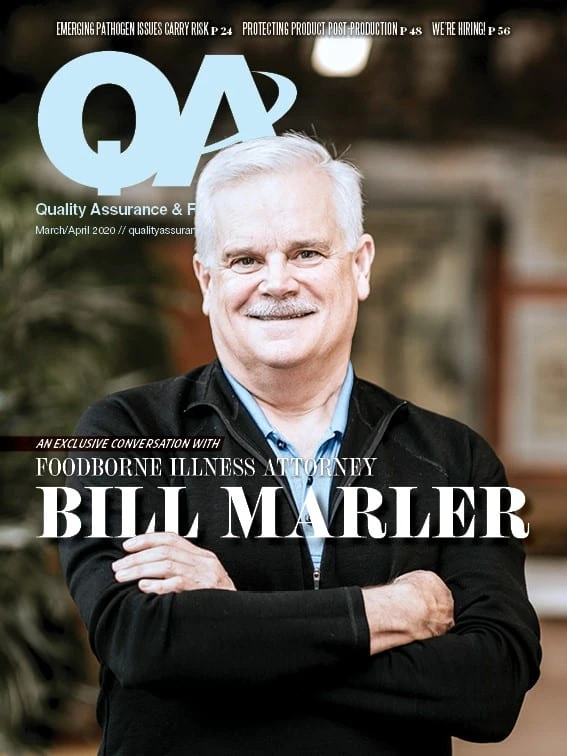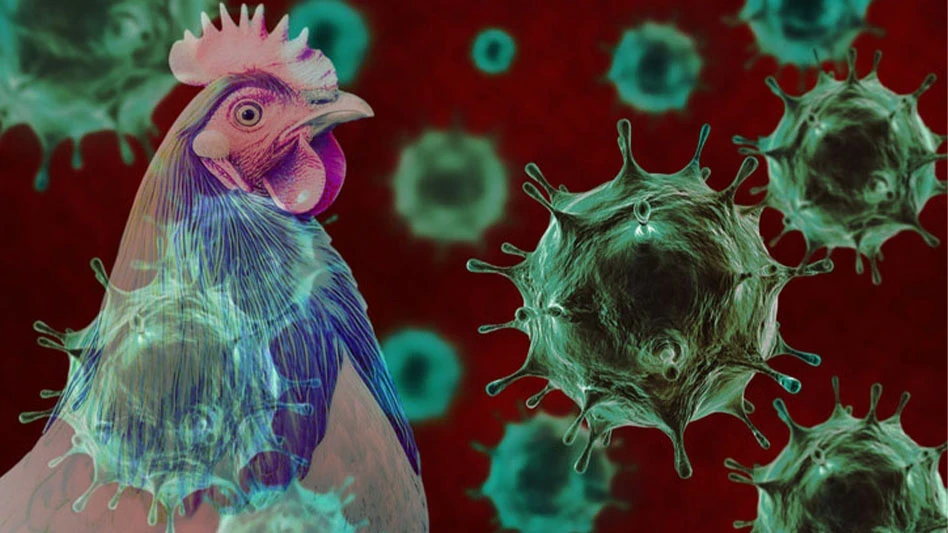
If you were to be required to place an icon on the front of your food product indicating its nutritional value, would you expect that to have a positive or negative impact? That is what food producers in some European countries are facing as the food labelling system, Nutri-Score, gains momentum across the EU.
Nutri-Score was introduced in France in 2017. It uses a five-color “traffic light” symbol lettered A to E (shown at right) to indicate the overall nutritional value of food products. Like traffic lights, its colors range from green: “Go for it” (stressing healthy ingredients) to red: “Stop, negative ingredients!” (such as fat and sugar).
The system was well received in France, and it has since been introduced in Spain, Belgium, Great Britain, Luxembourg, and Switzerland. Doctors, consumer protectors, and even political parties point out its positive effect: It has led consumers to buy healthier foods and motivated the food industry to improve its recipes.
However, in Germany, Nutri-Score was met with fierce resistance by the food industry. Only after having asked consumers in the summer of 2019 — who were clearly in favor of Nutri-Score — did the German government decide it will introduce the system in 2020.
The resistance comes as a surprise in today’s era where the links between what people eat and the impacts of chronic illnesses like cardiovascular diseases, diabetes, or obesity have been clearly stated and proven by science, and are seen even in small children. Additionally, as Western societies see birth rates decreasing and populations of seniors increasing, there is an urgent need to stop treating old age as a disease.

One way to do that is to look at healthy nutrition as a key to encouraging a healthy lifestyle for the young and old, enhancing quality of life into old age. Transparent, objective information about what foods are healthy and what are not is necessary to achieve that.
So, why has the German food industry objected to Nutri-Score and the enhanced transparency it promises? It was not, in fact, merely about profit. Rather, it was argued that Nutri-Score is not able to accurately represent the complexities of an entire food product, and that the scoring works better for highly processed foods. This is partially correct, as a healthy product like olive oil consists of 100% fat and would receive only the red marking. On the other hand, a soft drink which consists of water, color, aroma, and sweeteners would receive a green marking.
Additionally, bread and cakes would not profit from the Nutri-Score system since they are naturally high in sugar. But many producers have been worried that they would not be able to sell products that have less sugar and less fat, that would score higher, since these ingredients are important flavor carriers. Additionally, other criteria such as the regional origin of a product or its CO2 footprint are not reflected by the score.Consequently, big companies like Haribo and Mars opposed Nutri-Score as their products would very likely not get a higher marking than orange. On the other hand, it prompted Iglo — a Hamburg, Germany-based frozen food producer of vegetables, fish, and chicken for whom receiving a green on Nutri-Score is natural — to leave the national food association, accusing the association of refusing to assume urgent societal responsibility in times of change.
In turn, this prompted the German Association to Combat Unfair Competition in Trade to pursue legal action against Iglo. It insinuated that Iglo only promoted Nutri-Score due to its natural advantage and, hence, was driven by the same motive of profit-making. In legal terms, the protection association claimed that Nutri-Score offended the European Health Claims since a green marking would seem identical to a claim made in the sense of the Health Claims Regulation. On appeal, Iglo Germany reached an out-of-court agreement with the association enabling the company to include the Nutri-Score label on its packaging.
Nevertheless, despite these legal complications, it has become clear that Nutri-Score’s benefits outweigh the criticisms. It does help consumers choose healthy products, even when the danger remains of some producers adding artificial ingredients to their foods without declaring them. In this sense, Nutri-Score represents an important step toward educating consumers and getting closer to absolute transparency.
Against all this, one must bear in mind that Nutri-Score is a voluntary system — one of about 80 different food labelling models worldwide.
For example, in Sweden, a green keyhole is used to indicate health products; in Italy, the symbol of a battery, similar to the traffic light, is in use. The regulatory basis of all European food labelling requirements is the EU law on food information for consumers (https://bit.ly/2UGmLx0), which came into force on December 13, 2014. It remains a decisive tool for this purpose, as it:
- Specifies labelling requirements for the calorific value of fat, saturated fats, carbohydrates, sugar, proteins, and salt.
- Requires that all foods (packaged or unpackaged) list allergens in a different, legible type of at least 1.2 mm (or 0.9 mm if the packaging is less than 80 cm2).
- Requires labelling of the origin of the last place where the food product was packed be stated.
- Allows for the voluntary inclusion of Guidelines Daily Amounts (GDAs).
Additionally, for US exporters to Europe, it is vital to consider other criteria of the EU:
- Calorie listings are based on 100g (3.5 ounces) or ml while in the US nutritional labels must indicate the number of servings per container.
- The EU lists salt content (measured in grams) where the US lists sodium content (measured in milligrams) on nutrition labels. However, salt is a mineral composed primarily of sodium chloride, while sodium is an umbrella term that includes salt but can also be found in additional ingredients, such as baking soda.
- Olive oil and palm oil must be declared.
- Common food additives are assigned an identifying three- or four-digit code, known as an E number. In the US, additives must be referenced by their common names.
In the end, the food industry should come to realize the greater benefits of a healthy society versus financial gain. People are cooking less and increasingly eating prepared food products; however, a frozen pizza and a strawberry yogurt have very different nutritional values.
Disrespecting consumers’ wishes to know what their food products contain impedes progress toward a healthy world of people making their lives better.

Explore the March April 2020 Issue
Check out more from this issue and find your next story to read.
Latest from Quality Assurance & Food Safety
- Seeding The Future Global Food System Challenge Finalists Revealed
- TraceGains Launches AI-Powered Intelligent Document Processing to Improve Ingredient Safety, Compliance
- IFT Virtual Workshop on Food Fraud Prevention to Address Supply Chain Disruptions
- Penn State Course Covers Fundamentals of Food Science
- Joint FAO/WHO Expert Committee on Food Additives Seeks Experts
- FDA Reschedules Webinar on Updated ‘Healthy’ Claim
- Thousands More Laid Off at FDA, CDC in HHS Restructuring
- USDA Extends Deadline on Request for Information for Poultry Quality Standards





